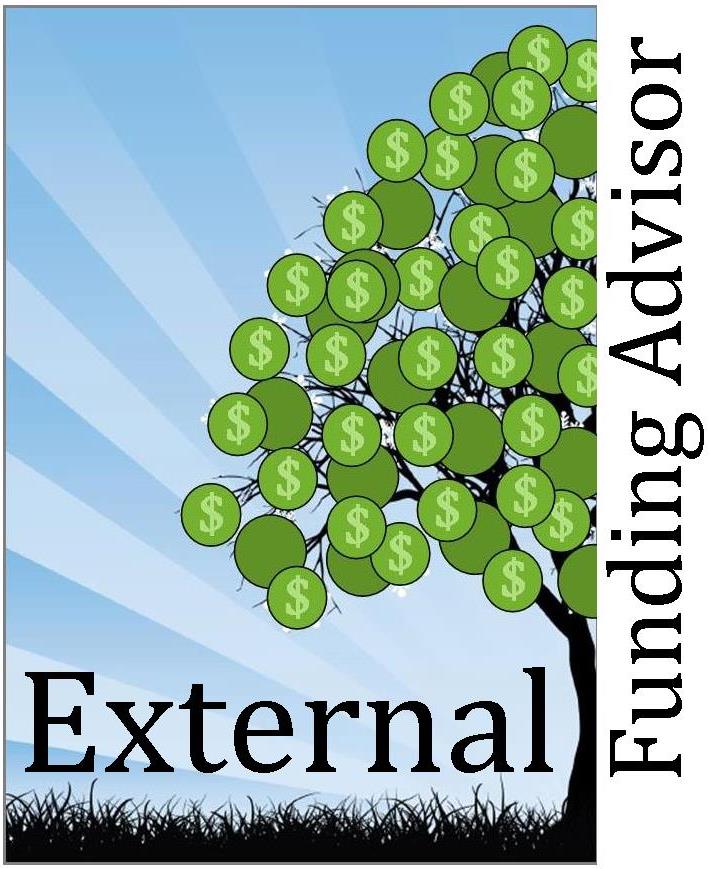Office of Sponsored Programs Administration & Accounting
|
||
|
||
Notice:Business Hours: Monday - Friday, 8:00 - 5:00pm |
||
Updates from the Director |
||
Consider joining the workshop "I Have Received a Sponsored Program Award, NOW WHAT?!" (TD1502)Mon, 16 Nov 2015 2:00 PM - 4:00 PM Location: Wine-Price Building (Please pre- register using the “Employee” tab on MyMadison ). Update: Travel Reimbursement Rates Changed Effective October 1All lodging and meals rates are now governed by the U.S. General Services Administration (GSA) rates effective October 1, 2015. The traveler must search for the travel destination using the search criteria on the website: http://www.gsa.gov/portal/content/104877 The M&IE must be reduced for the applicable meal when meals are provided at no cost during an overnight travel period. Refer to the Prorations and Reductions section for additional guidance. The M&IE Rates listed on the website include amounts for the 75% travel days. The M&IE Rates should be used unless a traveler needs to make an adjustment for provided meals, as noted in the Prorations and Reductions Section. http://www.gsa.gov/portal/content/101518 Reminder: January Deadlines are Closer than they Appear!Begin Proposal Development Now: If you have a funding opportunity that will require a submission prior to Jan 15, 2016, you should engage Sponsored Programs in development of that proposal now. Waiting until administrative offices reopen on January 4 to begin a proposal may not allow enough time to complete all requirements especially with wintry weather in the mix. |
Featured Funding Opportunities - Three Limited Submission Programs - Internal Deadline November 13 |
There are 3 very popular funding opportunities which have limitations on the number of submissions coming up with deadlines right after Winter Break.NSF Major Research Instrumentation Program: (MRI) Instrument Acquisition or Development: January 13, 2016 NSF 15-504 PROGRAM SOLICITATION NSF MRI Action Required: Those interested in submitting either an acquisition or development MRI grant application should send an “MRI notice of interest” e-mail to jmu_grants@jmu.edu along with a Limited Submission Form by November 13 to inform us of interested parties.
The Medical Foundation will conduct the competition for the Jeffress Trust Awards Program in Interdisciplinary Research: January 8, 2016 http://www.hria.org/tmfgrants/jeffress/ Only 4 Letters of Intent and Applications may move forward from the university. Total Award: $100,000 Commonwealth Research Commercialization Fund (CRCF) Matching Funds Program: LOI December 4, 2015 , Applications February 1, 2016 http://www.cit.org/initiatives/crcf/fy2016-solicitation/matching/ Only 4 submissions may move forward from the university. Total Award: $100,000 Matching: 1 to 1 match required To participate in any of these competitions you must submit a Limited Submission Form by November 13 to jmu_grants@jmu.edu. If necessary, OSP will coordinate a panel review of interested applicants to each competition prior to the winter break so that all parties know which proposals will move forward and have ample time to work on the proposals over the break. |
Timely Topics |
|
Subrecipient Monitoring under the Uniform Guidance: Two New Processes With implementation of federal regulations, the Uniform Guidance, the University is required to perform much more rigorous vetting and monitoring of our subrecipients and contractors. If you have identified a collaborating organization on your applications in the last 10 months or so you will have noticed that we must collect more detailed information, even at the proposal stage, to include these entities’ costs in our funding proposals. Tighter scrutiny by the University as a pass-through entity ensures good stewardship of federal funding but it also creates a bit more of a documentation trail for the Principal Investigators(PIs) and our office to navigate. Two processes are new:
Our office will guide you through these documentation requirements and welcome questions related to these new guidelines. Future articles will elaborate on monitoring requirements once the sub-agreements are in place. Grants.gov Rolls out WORKSPACE for Collaborative Proposal Preparation According to sources, Grants.gov will unveil a new platform between Oct 17 – 19 that will allow multiple users to upload, access, and edit application forms concurrently. The release of Grants.gov Workspace responds to a years-long effort by the applicant community to make the portal more supportive of the collaborative nature of proposal development. Highlights: Multiple users will now be able to work on a single application concurrently as in NSF’s FastLane system. The primary change enabling this feature will be Workspace users' ability to separate the multiple PDF forms that comprise a typical application. Another advantage will be a feature that allows users to save forms from one application for future use on another. An institution's designated Authorized Organizational Representative (AOR) and a newly registered "Workspace Owner" will create a personal page in Workspace and invite other users. Anyone with access will be able to view the application package, add content, edit forms, and save changes in real time. The AOR will retain the authority to review the final application and formally submit it on behalf of the University. View a technical presentation including screenshots and tutorial videos here. NSF to Unveil New Grant Proposal Guide Effective January 25, 2016 NEW! Proposal & Award Policies & Procedures Guide (PAPPG) (NSF 16-1) Significant Changes and Clarifications to the PAPPG A notable change is that the biosketch will no longer have the section entitled “Collaborators and Other Affiliations.” For many researchers the listing was too long and cumbersome so it will now be a separate document and uploaded as a document in “Other Single Copy Documents.” Dual Use Research of Concern (DURC), is an entirely new section and serves, in conjunction with coverage in the Award & Administration Guide, as NSF’s implementation of the US Government Policy for Institutional Oversight of Life Sciences Dual Use Research of Concern. NSF is committed to preserving the benefits of life sciences research while minimizing the risk of misuse of the knowledge, information, products, or technologies provided by such research. The purpose of NSF’s implementation of the Policy is to clarify proposer expectations about NSF-funded research with certain high-consequence pathogens and toxins with potential to be considered dual use research of concern. |
Compliance Corner |
|
October was National Biosafety Stewardship Month NIH laboratories performed and encouraged NIH grantee institutions to do the following:
|


